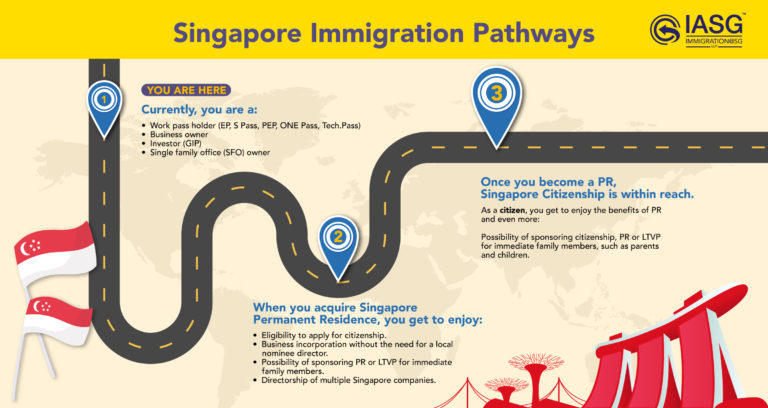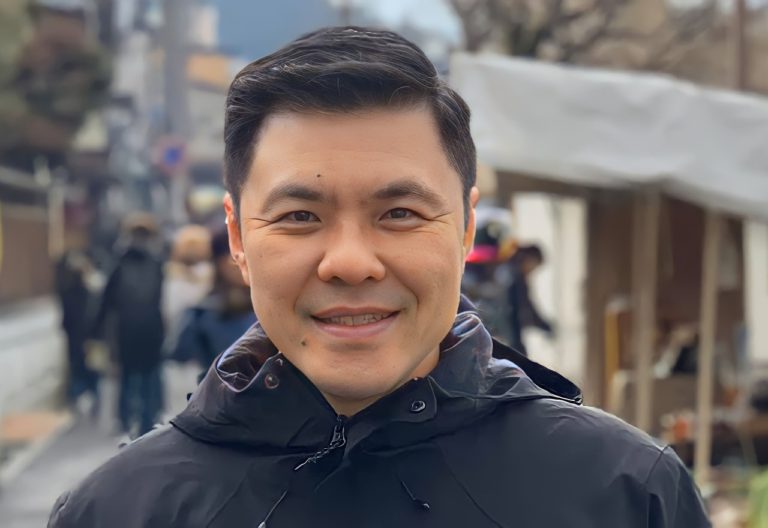Singapore had a major change in its government recently when the new Prime Minister, Lawrence Wong, was sworn into office on 15 May 2024. What will this spell for Singapore’s inbound immigration in future?
Lee Hsien Loong’s Immigration Policy
Under Lee Hsien Loong’s leadership, Singapore has pursued a pragmatic and carefully managed immigration policy aimed at addressing demographic challenges, fostering economic growth, and maintaining social cohesion. One of the key drivers behind this policy has been Singapore’s rapidly ageing population and low birth rates, which pose long-term challenges for sustaining economic growth and providing for the needs of an ageing populace.
To counteract these demographic trends, Lee Hsien Loong’s government implemented measures to attract foreign talent and skilled workers to Singapore. This has involved policies such as the Employment Pass and S Pass schemes, which allow foreign professionals, managers, executives, and technicians to work in Singapore under certain conditions. Additionally, the government has introduced initiatives to attract entrepreneurs and investors, such as the EntrePass scheme, which facilitates the entry and stay of foreign entrepreneurs who wish to start and operate businesses in Singapore.
These immigration policies have contributed to Singapore’s economic dynamism and competitiveness by filling skill gaps, fostering innovation, and supporting key industries. Foreign talent has played a crucial role in sectors such as finance, technology, healthcare, and research and development, helping to drive Singapore’s transformation into a global hub for business and innovation.
However, Lee Hsien Loong’s immigration policies have also sparked debates and concerns about their impact on local workers, social integration, and the fabric of Singaporean society. Critics have raised issues such as wage stagnation, job competition, strains on infrastructure and public services, and challenges related to social cohesion and identity.
In response to these concerns, the Singaporean government has taken steps to address some of the challenges associated with immigration, including tightening eligibility criteria for certain work passes, enhancing efforts to train and upskill the local workforce, and implementing measures to promote social integration and inclusivity.
Singapore’s Economic Goals 2030
Singapore’s economic goals by 2030 are deeply intertwined with its vision for sustainable growth, innovation, and inclusivity. As a small, highly developed nation with limited natural resources, Singapore has long relied on its strategic location, skilled workforce, and pro-business policies to drive economic prosperity. Looking ahead to 2030, the city-state has set ambitious targets aimed at maintaining its competitive edge while addressing emerging challenges and opportunities.
- Sustainable Growth: Singapore aims to achieve sustainable economic growth by balancing environmental concerns with economic development. This includes reducing carbon emissions, promoting renewable energy sources, and implementing green initiatives across various sectors. By investing in sustainable infrastructure and technologies, Singapore seeks to create a more resilient and environmentally friendly economy that can thrive in the long term.
- Innovation and Technology: Recognising the critical role of innovation in driving productivity and competitiveness, Singapore is committed to becoming a global hub for technology and innovation by 2030. This involves fostering a vibrant ecosystem for research and development, promoting entrepreneurship, and attracting top talent in key industries such as biotechnology, artificial intelligence, and advanced manufacturing. By embracing emerging technologies and digital transformation, Singapore aims to stay ahead of the curve and drive economic growth through innovation-led strategies.
- Skills Development and Education: To maintain its competitive edge in the global economy, Singapore prioritises continuous skills development and education for its workforce. By 2030, the city-state aims to equip its citizens with the necessary skills and knowledge to succeed in the rapidly evolving job market. This includes promoting lifelong learning, enhancing vocational training programs, and fostering collaboration between industry and academia to ensure that Singaporeans are well-prepared for the jobs of the future.
- Inclusive Growth: Singapore is committed to fostering inclusive growth that benefits all segments of society. This involves addressing income inequality, enhancing social mobility, and providing opportunities for marginalised groups such as low-income families, seniors, and persons with disabilities. By investing in social safety nets, affordable housing, and healthcare infrastructure, Singapore aims to create a more inclusive society where everyone can share in the benefits of economic progress.
- Global Connectivity and Trade: As a global trading hub, Singapore seeks to strengthen its connectivity with the rest of the world and expand its network of trade agreements by 2030. This includes deepening economic ties with key trading partners, diversifying export markets, and leveraging initiatives such as the Belt and Road Initiative to tap into new opportunities in emerging markets. By enhancing its connectivity and trade links, Singapore aims to remain an integral part of the global economy and position itself as a gateway to Asia.
- Resilience and Adaptability: In an increasingly uncertain and volatile global landscape, Singapore recognizes the importance of resilience and adaptability in navigating economic challenges. By building robust institutions, fostering a culture of innovation, and maintaining a sound fiscal policy, Singapore aims to weather external shocks and emerge stronger from economic downturns. This includes diversifying its economy and enhancing risk management frameworks.
With a New Prime Minister, What Does the Future Hold?
While it is still too early to analyse, we are not expecting much changes to the current immigration policies. Singapore’s controversial Population Whitepaper published in 2013 aims for 6.9 million people by 2030 and Singapore has a total population of 5.92 million as at June 2023. With less than 1 million target in the next six years, it seems easily achievable through inbound immigration.
After almost 60 years of independence, Singapore has almost reached a mature economy. However, Singapore is still in need of foreign talent to fill the gaps in its workforce, caused by low birth rate and an ageing population. Singapore’s local workforce is also not adequately capable of leading legacy and growth industries to an international level. To maintain its economy and sustain it long-term, Singapore has to continue attracting skilled workers and also foreign direct investments (FDIs) from around the world.







